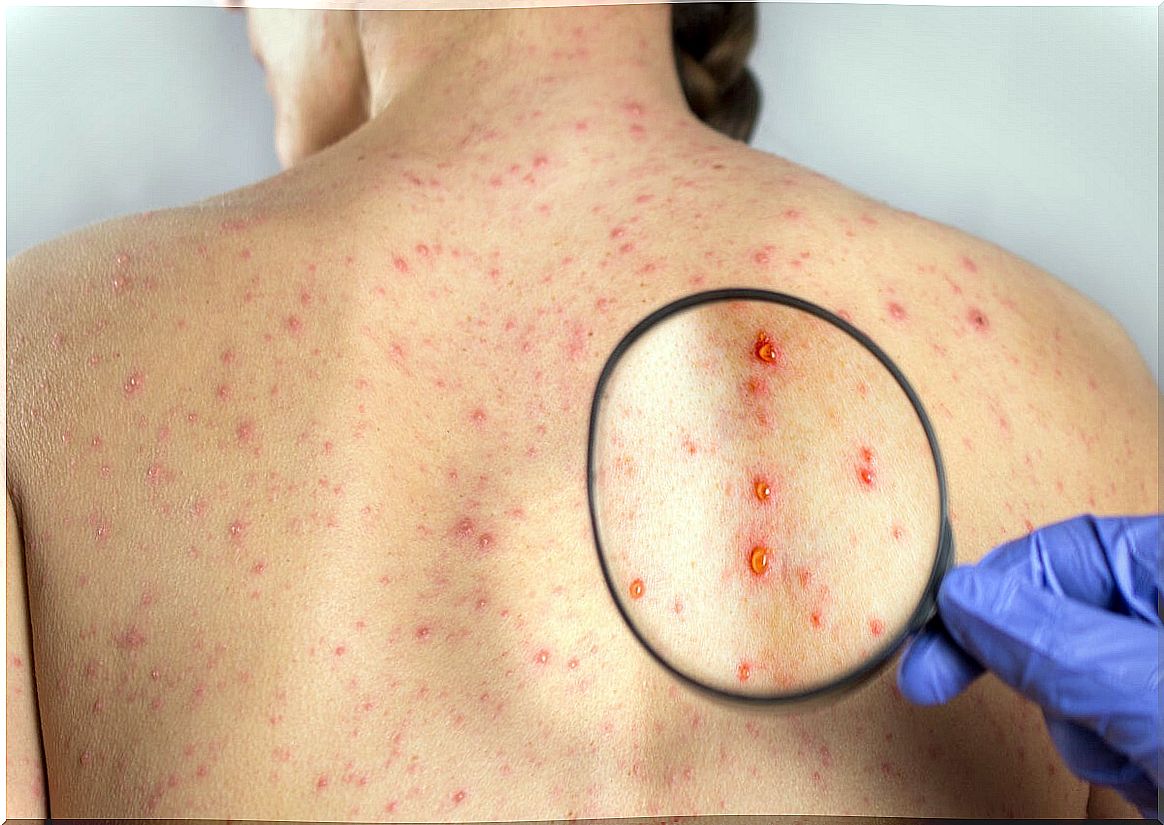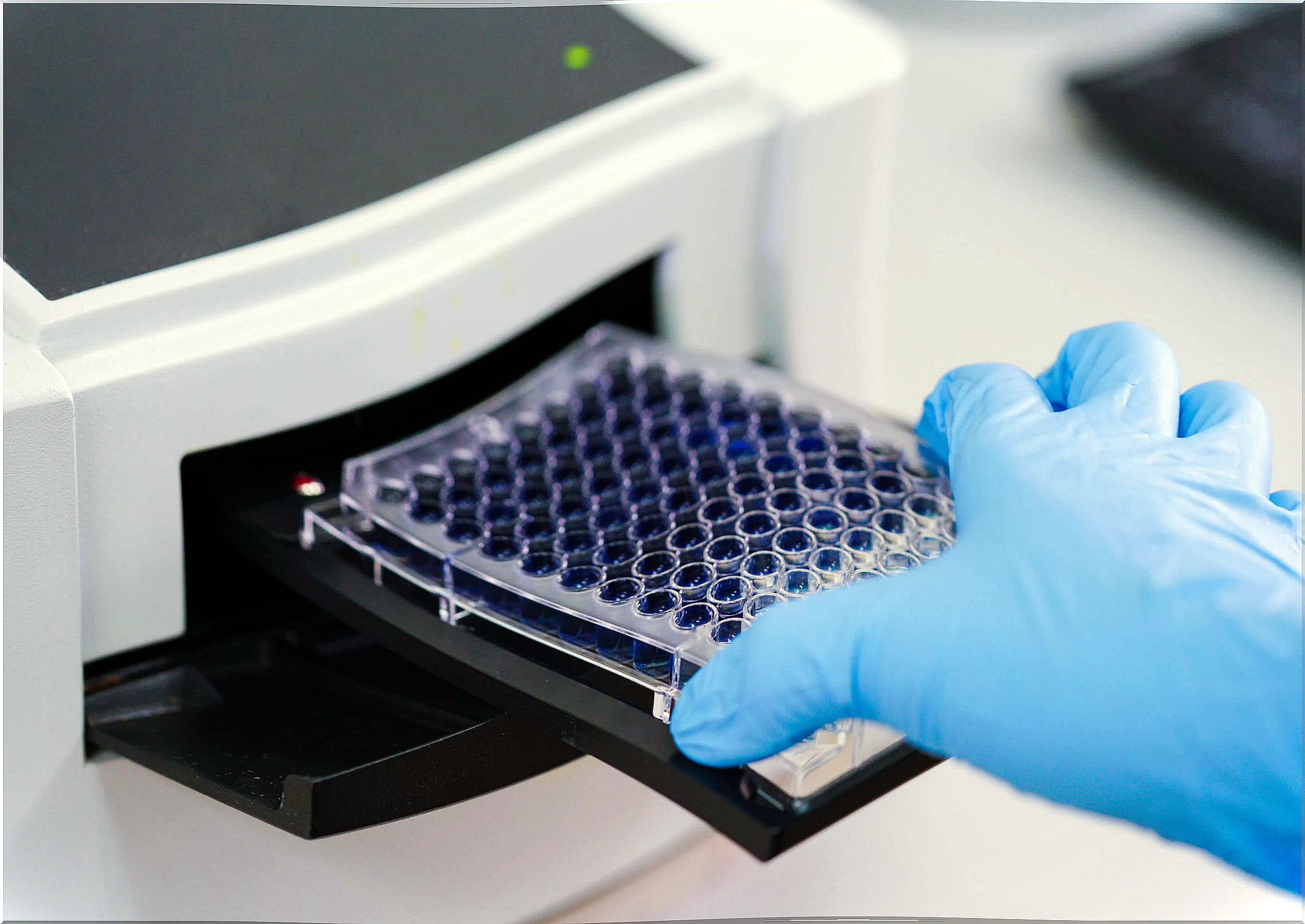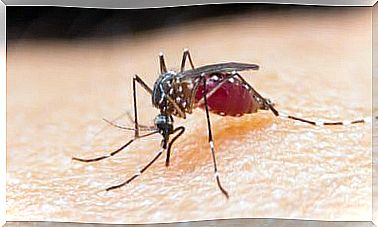Darier’s Disease: Everything You Need To Know
Also known as follicular dyskeratosis, Darier’s disease is a dominant chromosomal disorder. This means that it is enough for it to appear in one of the two parents for the offspring to suffer from the disease.
As the scientific literature indicates, the natural history of the disease is slow. Therefore, the patient remains asymptomatic until the second or third decade of life, even if he was born with the mutation. It is characteristic that the keratinization process deteriorates progressively, until it finally leads to the formation of papules.
Dermatological lesions

The dermatological lesions typical of Darier’s disease are papules. These papules are initially pink in color, but over time they may darken due to changes in skin pigmentation. This indicates that it is common to find pink papules (more recent) and others of a brown or coppery tone (older).
When the dermatological involvement is in an advanced state, the papules acquire a larger size. That is why some papules may overlap each other, giving rise to plaques. This alteration is called “papillomatous growth” and is more frequent in areas rich in sebaceous glands (seborrheic regions).
Typically, the physical examination of the patient shows the lesions with the naked eye. It usually appears on the face (the forehead is one of the characteristic places), on the ears, neck, back, scalp, and the uppermost portion of the chest.
Fat is produced physiologically in seborrheic areas. This process is a defense mechanism of the body when it comes to preventing the colonization of many microorganisms that generally reside in the deeper layers of the skin .
The problem resides in an excess of seborrheic production, the body’s natural oils accumulate and it is in this situation that bacteria other than the epidermal flora can appear. These bacteria are opportunistic pathogens that take advantage of a situation of lowered defenses to colonize the glands and feed on the production of sebum.
When this happens, the papules become infected and give off a characteristic foul-smelling odor. If the microorganism is not eliminated, the infectious process continues to progress. The consequence is that yellowish and purulent crusts form.
Physical exploration
The usual thing is that in the physical examination of the patient the lesions are observed with the naked eye, in the aforementioned areas.
Like other dermatological conditions, flexion zones are affected. Therefore, the elbows, the back skin area of the knees, the groin, the armpits, etc. must be studied in detail. And because of its proximity to the intestinal flora, also the perineal region.
Pink papules have previously been suggested to be the most representative of the disease. This occurs in areas exposed to mechanical stress and in contact with the environment, such as the palms of the hands and feet.
But this is not always the case, whitish papules may appear on the palate of adolescents. This disorder is known as leukoplakia.
Diagnosis and treatment of Darier’s disease

The diagnosis is based primarily on clinical suspicion. To confirm this, it is necessary to carry out a genetic study since this pathology obeys an autosomal inheritance pattern. This means that the alteration responsible for the disease is heritable in the offspring.
One of the most sensitive markers to confirm the diagnosis is the ATPA2 gene mutation. However, the expression of the disease is different for each patient.
The severity depends on a factor widely used in clinical genetics known as “penetrance”, which is nothing more than the degree of expression of a gene mutation.
Treatment will depend on the severity of the condition. For this reason, in the mildest cases, evolutionary monitoring is done and it is recommended to take preventive measures such as limiting exposure to sunlight. In the most serious cases, it is necessary to start an antibiotic treatment to fight infections.









